
What would you answer? You are welcome to try it: it takes 3 minutes.
Proust Questionnaire on Neuroesthetics
- Who is your favorite painter, sculptor or visual artist?
- Who is your favorite writer or poet?
- Who is your favorite musician or composer?
- What is your favorite quality in an art piece?
- What is your primary background?
- Why are you interested in neuroesthetics?
- If you were not yourself, who would you be?
- Do you consider yourself an artist?
- What is your favorite color?
- What has been the most significant contribution to the field of neuroesthetics in the past 20 years?
- What has been the most significant contribution to the field of neuroesthetics in history?
- How will neuroesthetics look like in 50 years?
- What is your present state of mind?
- What is your favorite motto?
3 extra questions related to the International Conference on Neuroesthetics:
- What did you enjoy the most at the 11th International Conference on Neuroesthetics?
- What would be your dream overarching theme for the next international Conference on Neuroesthetics?
- What do you think of joint presentations (multidisciplinary) for the next international Conference on Neuroesthetics?
This is part of a series of posts on the 11th International Conference on Neuroesthetics (September 2014).
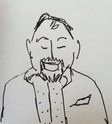

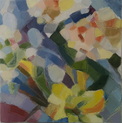
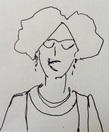


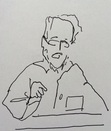



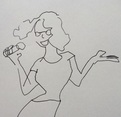
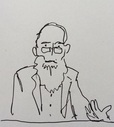
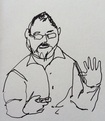
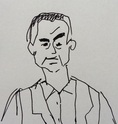

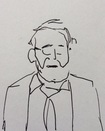

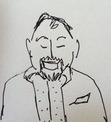
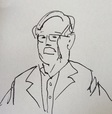
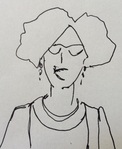
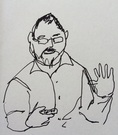
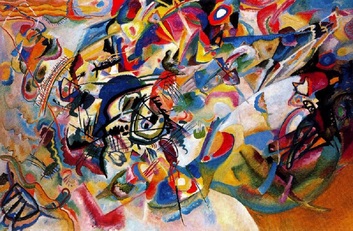
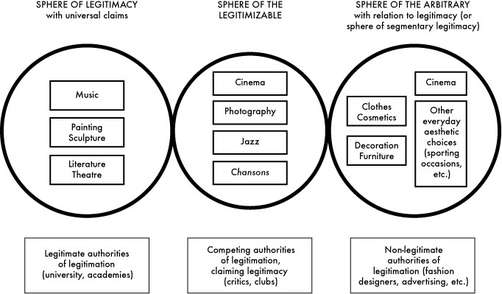

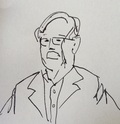

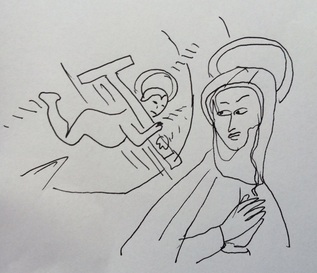
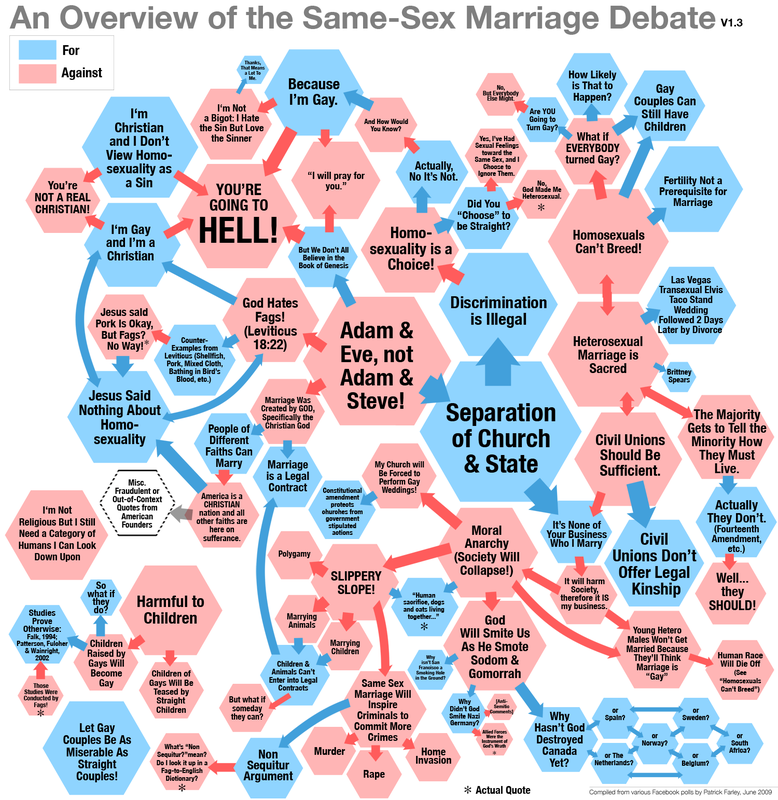

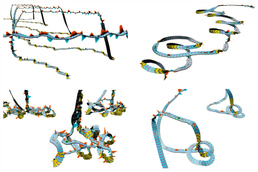


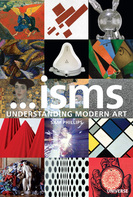
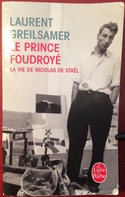
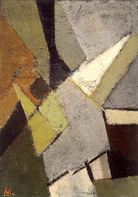
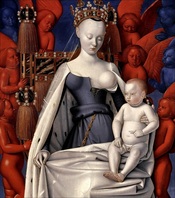
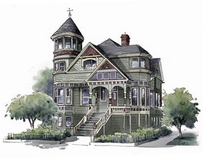
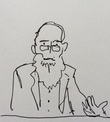
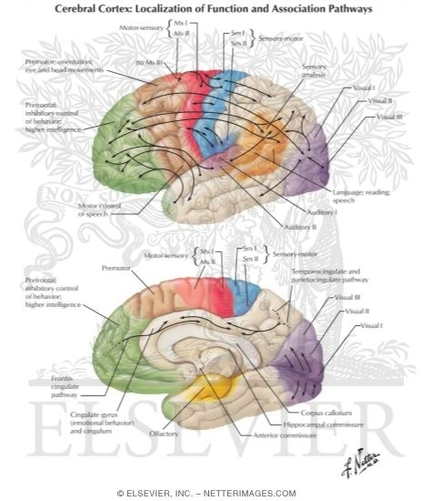
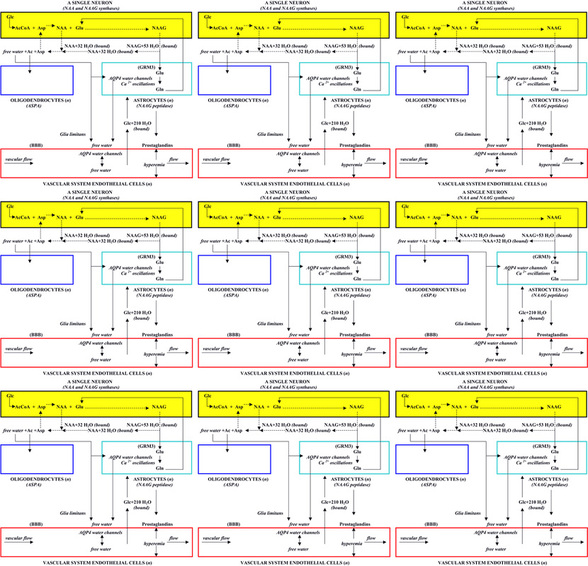
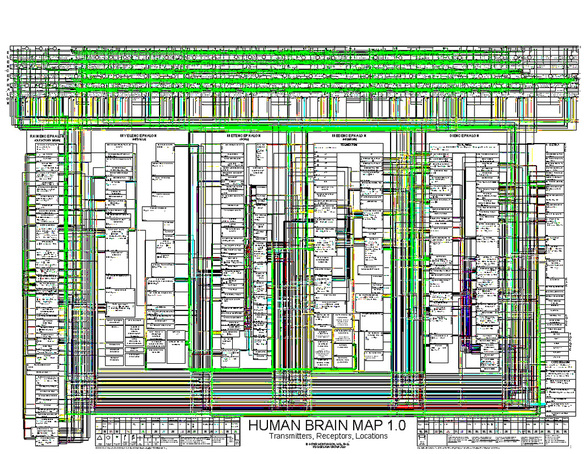
 RSS Feed
RSS Feed